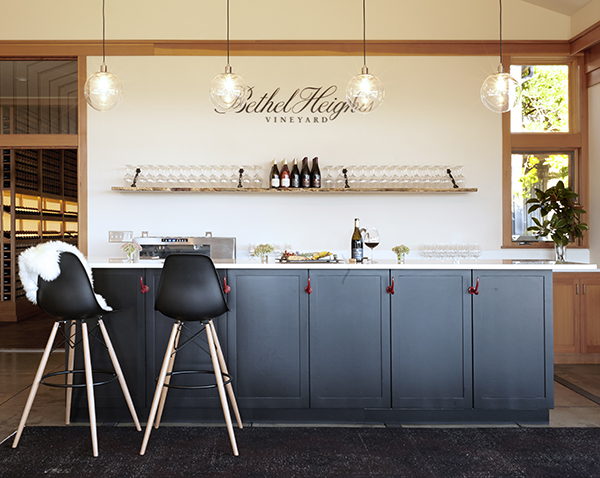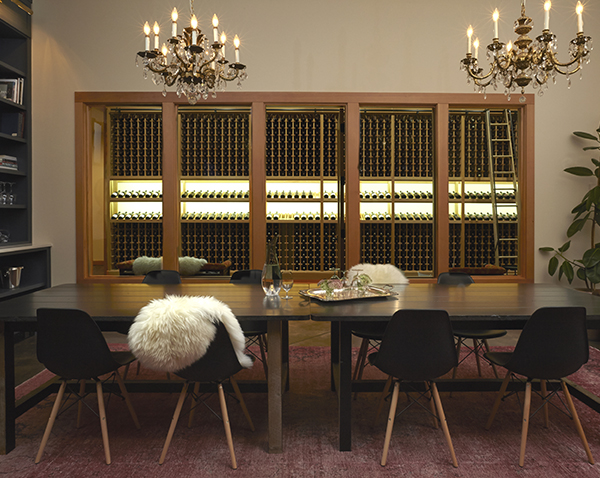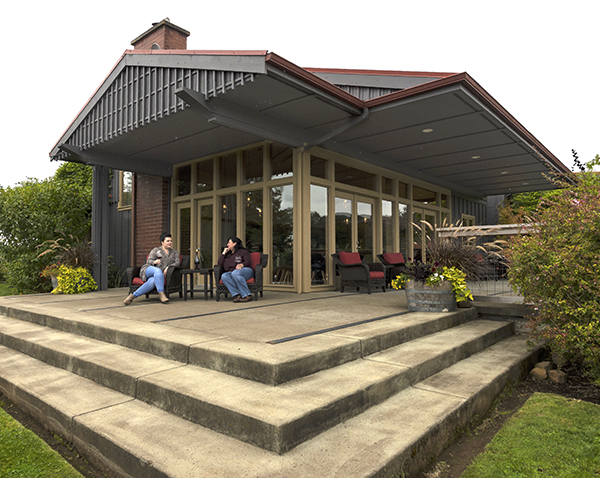
From the beginning of Bethel Heights Vineyard, Marilyn has been our resident chef – planning and executing perfect wine pairings for all occasions at Bethel Heights, from family dinners to Cellar Club tastings
In the process, she has learned some basic principles for pairing food and wine that she enjoys sharing.
CLICK HERE TO READ MARILYN’S “CONSIDERATIONS IN PAIRING FOOD AND WINE.”
Over the years we’ve gathered a collection of our favorite Marilyn recipes to pair with our wines and share with our friends.
Course
Pairing
I come from a family of gardeners. From earliest memories there was always a summer garden with fresh vegetables that grew with vigor in the black dirt of south central Illinois. Okay, so my Dad used DDT, and I’m sure I got more than enough from my habit of snagging a warm summer tomato in one hand and sitting down on the back porch steps with a salt shaker in the other. Nothing is perfect.
It was small town Illinois, with lots of diversified family farms and local canning factories dominating the economy. Now when I return, those food-processing plants are closed and I see that same once relatively healthy farmland in the hands of very few. That once rich dirt is now overwhelmed by mono crops of soybeans and corn grown in soils addicted to chemicals—fertilizer, pesticides, and herbicides.
When I migrated west to Seattle in my twenties, gardening and preserving the harvest came with me. Plus a few peony starts. My mother and I always compared notes on the phone: I would get off to a glorious head start, while she was still shoveling snow. But when summer was in full swing, her Big Boys were ripening and I was still waiting for my cherry tomatoes to take on color. But there were other differences that more than made up for Big Boy tomatoes: winter squash that last all winter; kale, Swiss chard, and artichokes that over-winter; fresh ocean fish loaded with omega 3 fatty acids; and an amazing array of berries.
Coming to the Willamette Valley to grow grapes and make wine seemed like the ultimate extension of gardening: growing grapes and then “putting them up” in the most elegant way. I’m still a home gardener, with a small orchard planted and maintained by Terry, and a good patch of Oregon raspberries. What I don’t grow, I can find from the myriad of roadside produce stands and a growing number of farmers’ markets.
After reading two thought-provoking books, The Omnivore’s Dilemma, by Michael Pollan, and Animal, Vegetable, Miracle: A Year of Food Life, by Barbara Kingsolver, I am persuaded to eat more seasonally and locally. As part of a larger question of sustainability, I know eating foods grown in Oregon and even as far away as Washington decreases the carbon footprint required by transporting foods from around the world to my table. Eating locally also sustains neighbors. Of course it’s most difficult in winter, and I admit we have no intention of giving up citrus fruits and bananas, but I did make one delightful discovery this winter. Instead of buying tomatoes, I added my own lightly dried and frozen Roma tomatoes to everything calling for a fresh tomato. Nothing lost, and quite a bit of flavor gained. One small step. I bought a lamb from Kate, our Tasting Room Manager and gardener extraordinaire, and I know how it was raised. Another small step.
Reading Kingsolver’s book, I was struck by so many ironies. For several years I have been mindful of our wonderful spring-fed water at Bethel Heights. I moved to earth-friendly laundry products without much ado. That led me to recycled paper products, and again, I gladly increased my expenditure. But go out of my way to pay more and buy organic foods in the grocery store? One bitter bunch of celery pretty much did me in. That is until I read in Kingsolver’s book about the humble potato. We eat lots of them. Because they are a tuber, they are much more susceptible to toxins in the soil than other vegetables. I realized my head had been underground as well. I was willing to pay more for laundry detergent, but not for the food we consume. Since that epiphany, I’ve been making my way with greater regularity to the one natural food store in Salem, (they give a senior discount to boot!) and to the increasingly impressive organic section in the grocery closer to my house.
I am also lugging my cloth grocery bags around much more diligently; as I almost suffocate in my own guilt at the amount of plastic I personally contribute to the landfill every year. It takes each plastic bag as many as seven years to break down.
My sustainable culinary goals for the year are simple: eat more locally grown food, preferably organic, pay more attention to eating and preserving what is in season, and become more mindful about something so basic and central to our enjoyment each day at the kitchen table.





